Medical injection-molded products, due to their direct contact with human tissues or body fluids, have extremely high requirements for product accuracy, sterility, and biocompatibility. However, defects such as swelling and blistering frequently occur during the injection molding process. These defects not only affect the product's appearance but may also lead to safety hazards like insufficient structural strength and seal failure. This article, based on industry practices in medical injection molding, systematically analyzes the causes of swelling and blistering and proposes targeted solutions.
I. The Synergistic Effect of Materials and Process Parameters
-
Incomplete Material Melting and Gasification Risks
Medical-grade plastics (such as PC and PPSU) are prone to thermal degradation at high temperatures. When the barrel temperature exceeds the recommended range for the material (for example, when the PC processing temperature exceeds 320°C), molecular chain breakage occurs, generating volatile gases. These gases are trapped within the mold cavity, forming bubbles. For instance, a company's production of infusion set connectors was recalled due to insufficient sealability caused by dense bubbles with diameters of 0.5 - 1 mm inside the products, resulting from excessive material temperature.
-
Dynamic Imbalance between Injection Speed and Pressure
Although fast injection can shorten the molding cycle, it often leads to turbulent flow at the melt front, causing gas entrapment. In the production of medical catheters, if the injection speed exceeds 80 mm/s, gases in the mold cavity cannot be discharged through the vent slots, resulting in swelling in thick-walled sections of the products. Moreover, insufficient holding pressure (such as below 60 MPa) can cause melt shrinkage. The internal vacuum suction force then makes the gases expand, forming surface blisters.
-
Dual Impact of Mold Temperature
An excessively low mold temperature (below 80°C) can cause the melt to solidify prematurely, hindering gas discharge. On the other hand, an excessively high mold temperature (above 120°C) may trigger material decomposition. A company's production of medical syringe pistons resulted in products with 2 - 3 mm diameter protrusions on the surface due to improper mold temperature control. CT scans revealed that these were caused by the expansion of trapped gases at high temperatures.
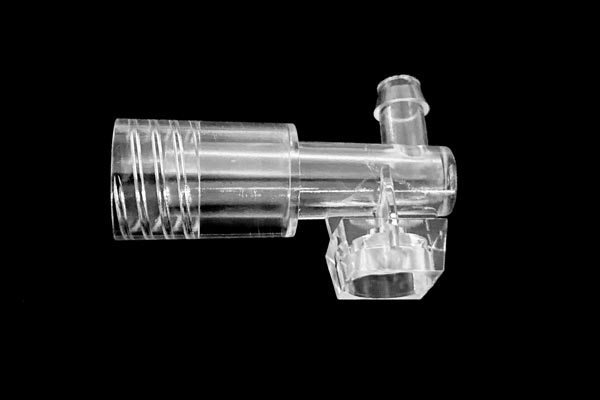
II. Key Defects in Mold Design
-
Venting System Failure
Medical injection molds require precise venting structures. If the depth of the vent slots exceeds 0.03 mm, flash can occur; if it is less than 0.01 mm, gases cannot be discharged. A company's production of hemodialyzer end caps led to 5 mm diameter swellings on the back of the products due to overly shallow vent slots. CT scans showed the presence of 0.2 mm³ gas cavities inside.
-
Unreasonable Gating System
Improper gate location can cause uneven melt flow. For example, if a side gate is designed at a thick-walled section of the product, gases will accumulate on the opposite side of the gate, forming symmetrical blisters. An excessively large runner diameter (above 8 mm) increases the melt residence time, leading to material degradation. Conversely, an excessively small diameter (below 4 mm) results in injection pressure loss and an increased risk of gas entrapment.
-
Cooling System Defects
Medical products require uniform cooling to avoid internal stresses. If the cooling water channel layout is unreasonable (such as having water channels only on the core side), insufficient cooling in thick-walled sections of the products can occur. This causes internal gases to expand, forming swellings. A company's production of laparoscopic surgical instrument handles resulted in 0.5 mm linear expansions 24 hours after demolding due to cooling system design defects.
III. Hidden Risks in Product Structure Design
-
Sudden Wall Thickness Changes
When the wall thickness ratio of medical products exceeds 3:1, uneven shrinkage is likely to occur. For example, a company's production of insulin pen needle holders resulted in 1.5 mm diameter blisters in thick-walled sections due to a sudden increase in wall thickness from 2 mm to 6 mm, which prevented internal gases from being discharged.
-
Metal Insert Design
The significant difference in the thermal expansion coefficients between metal inserts and plastics can lead to micro-gaps at the interface if the insert surface is not properly coated. Gases can then penetrate and expand. A company's production of orthopedic implant fixation seats resulted in 0.3 mm surface protrusions after three months of storage due to the lack of passivation treatment on the inserts.
IV. Solutions and Industry Practices
-
Process Optimization
-
Multi-stage Injection: Adopt a "slow-fast-slow" injection curve. The initial stage speed should be controlled at 20 - 30 mm/s to avoid gas entrapment, and the final stage speed should be reduced to 5 - 10 mm/s to ensure gas discharge.
-
Dynamic Holding Pressure: Set the holding pressure according to the product wall thickness (e.g., 80 MPa for thin-walled parts and 60 MPa for thick-walled parts), and extend the holding time to 80% of the cooling time.
-
Precise Temperature Control: Set the barrel temperature in sections (e.g., for PC materials: 200°C in the feeding zone, 280°C in the compression zone, and 300°C in the metering zone), and control the mold temperature between 90 - 110°C.
-
Mold Improvement
-
Venting Upgrade: Use a vacuum venting system, install 0.2 mm diameter venting pins at key positions in the mold cavity, and combine it with an external gas extraction device to reduce the mold cavity pressure to -0.08 MPa.
-
Gating System Optimization: Use a hot runner system, control the gate diameter at 0.8 times the product wall thickness, and adopt a circular cross-section for the runner to reduce pressure loss.
-
Cooling Simulation: Use Moldflow software to simulate the cooling process and optimize the water channel layout to ensure that the temperature difference between different parts of the product does not exceed 5°C.
-
Material Treatment
-
Pre-drying: Dry medical-grade plastics at 120°C for 4 - 6 hours to control the moisture content below 0.02%.
-
Additive Selection: Add 0.1% - 0.3% nucleating agents to promote uniform crystal growth and reduce internal pores.
V. Industry Cases and Data Support
-
Case 1: A company's production of medical respiratory masks reduced the blistering rate from 12% to 0.5% by reducing the injection speed from 100 mm/s to 60 mm/s and increasing the holding pressure from 70 MPa to 90 MPa.
-
Case 2: A manufacturer of orthopedic implants reduced the volume of internal gas cavities in their products from 0.5 mm³ to 0.05 mm³ and passed FDA certification by using a vacuum venting mold.
-
Data: According to industry statistics, swelling and blistering account for 28% of defects in medical injection molding. Among these, 65% are related to process parameters, 25% to mold design, and 10% to material problems.
Conclusion
The problem of swelling and blistering in medical injection molding requires a systematic solution from the aspects of materials, processes, molds, and product design. By precisely controlling process parameters, optimizing mold venting and cooling systems, and improving product design, the defect rate can be significantly reduced. In the future, with the development of intelligent injection molding technology, real-time monitoring and adaptive adjustment will become the key directions for solving such problems.
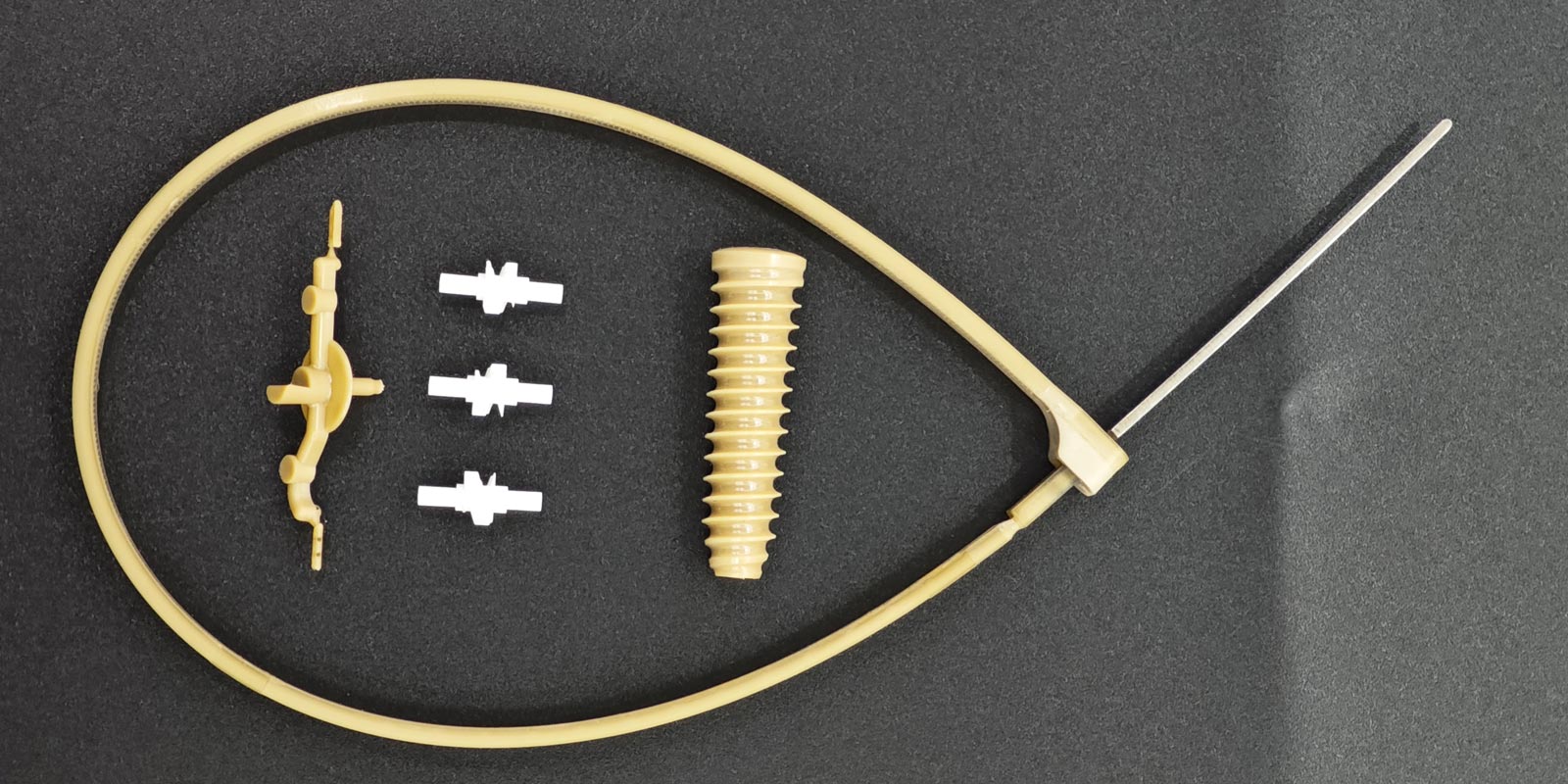
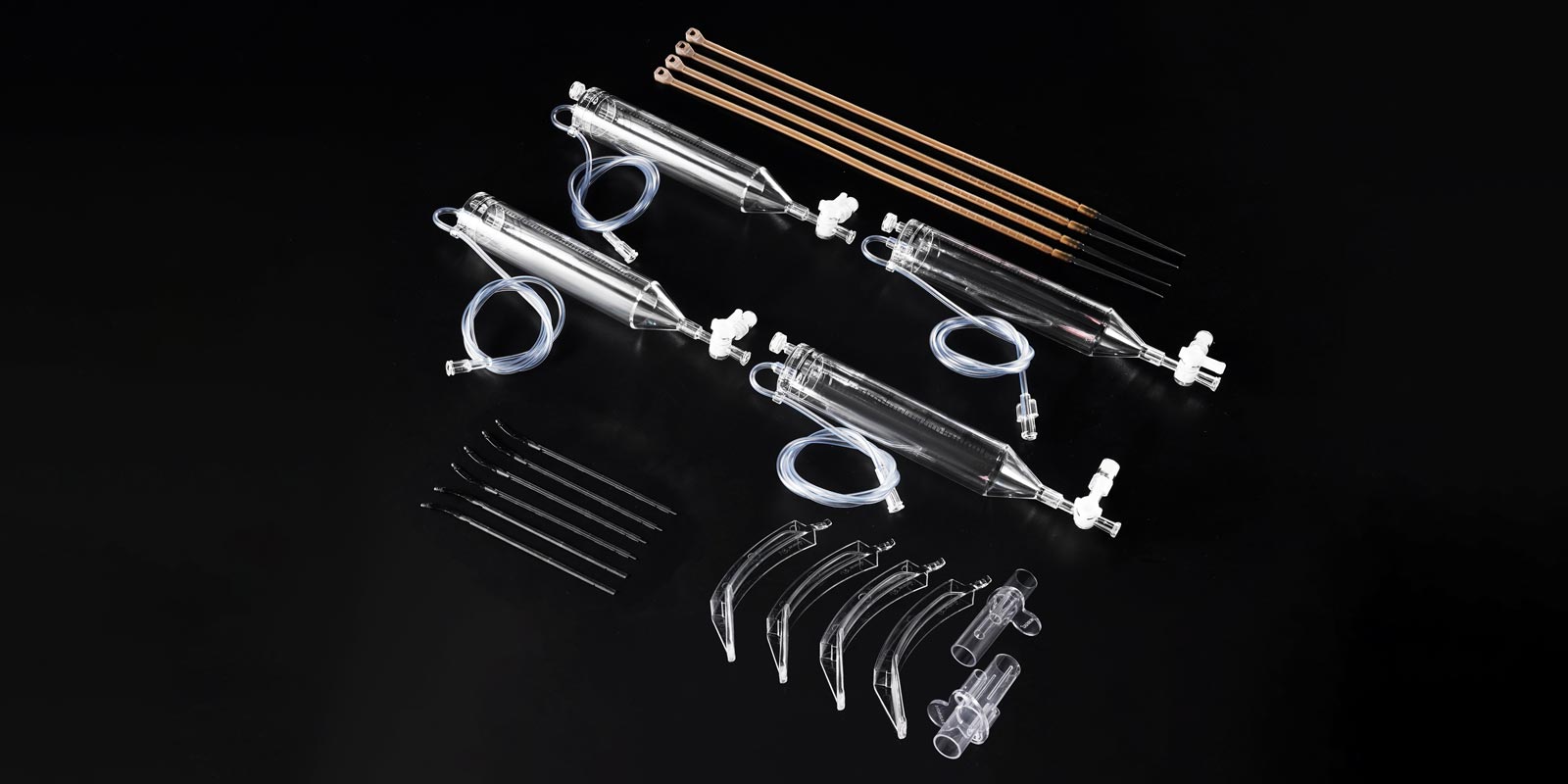
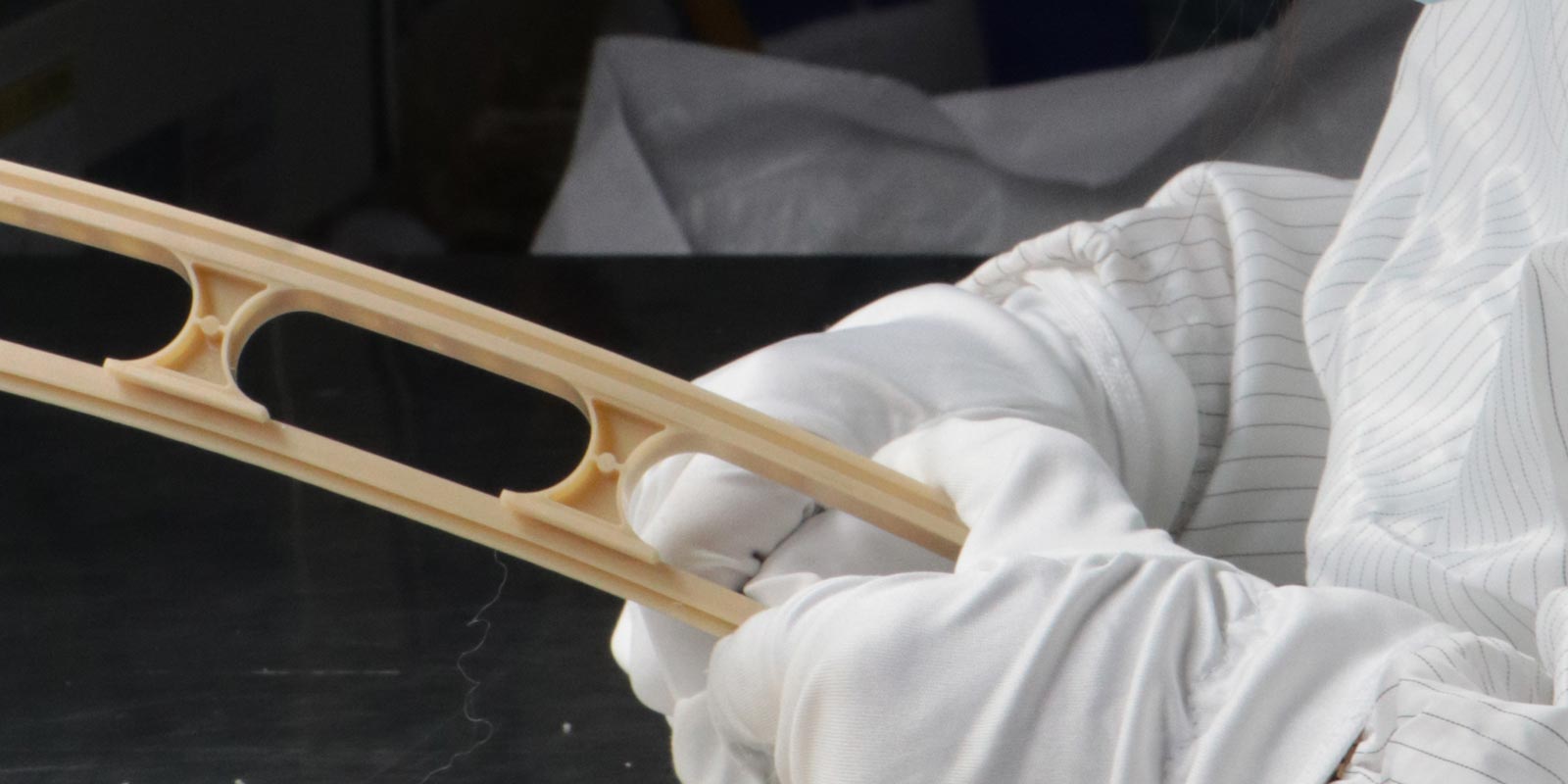
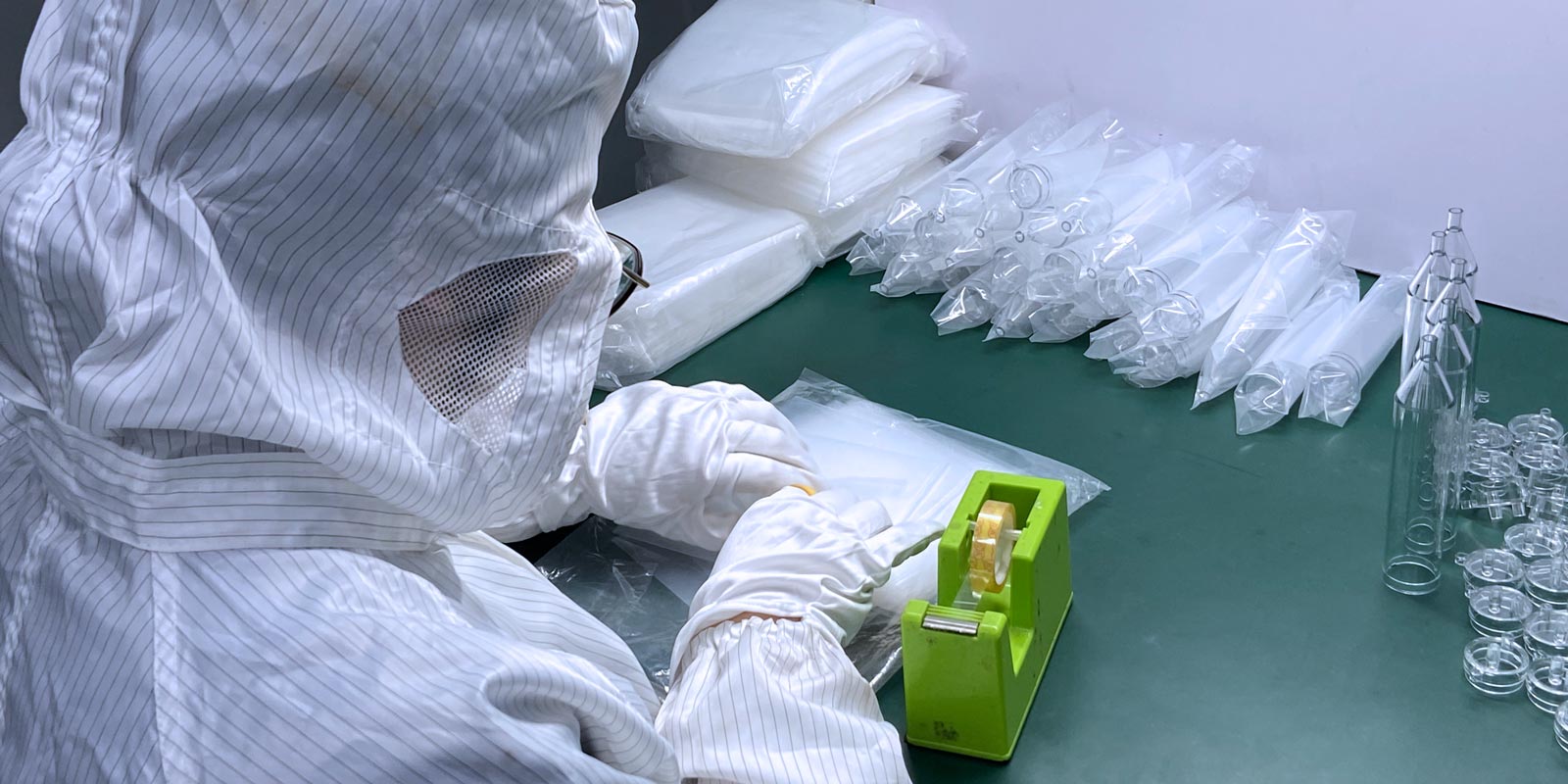
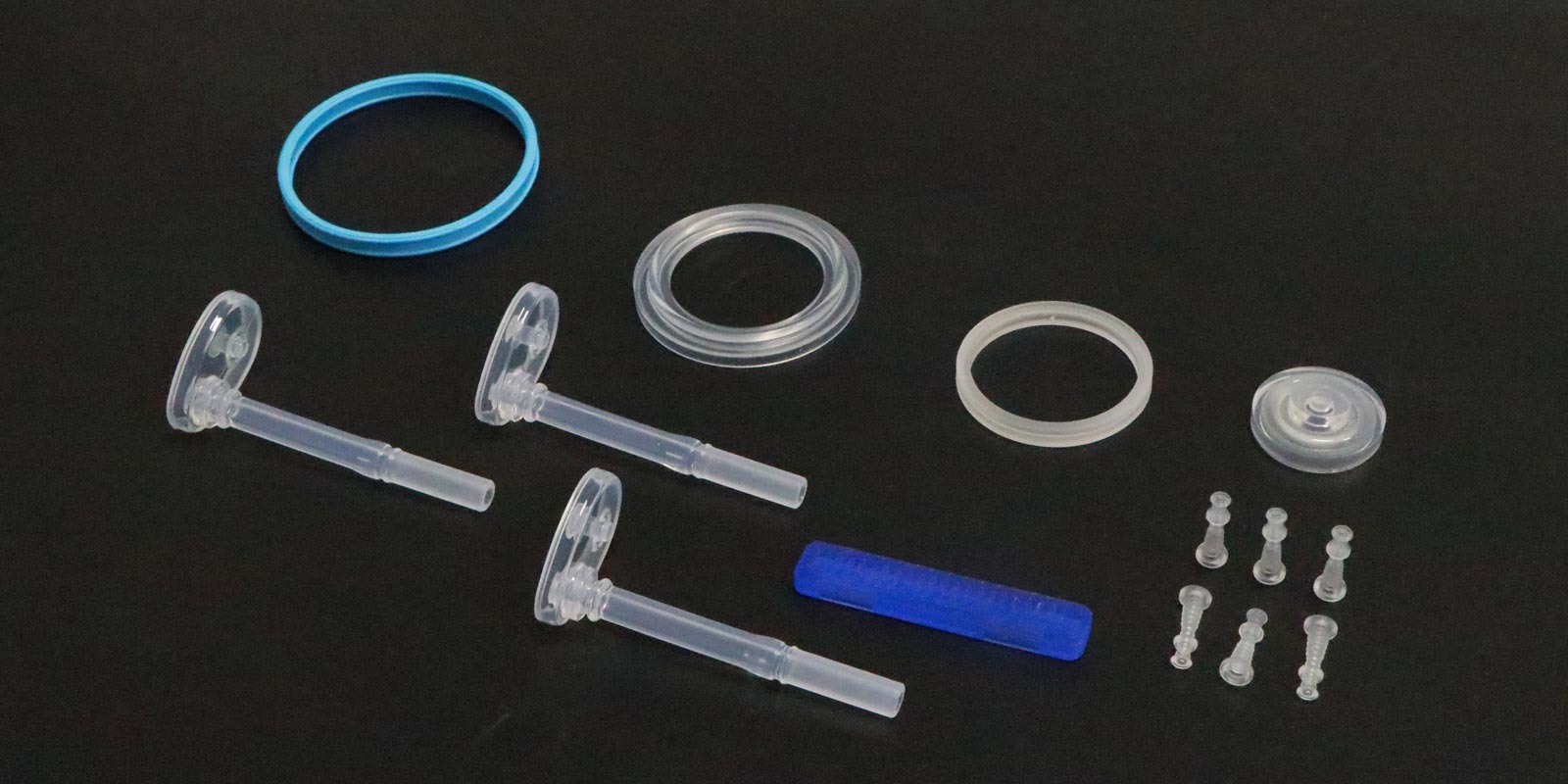











 Home
Home
